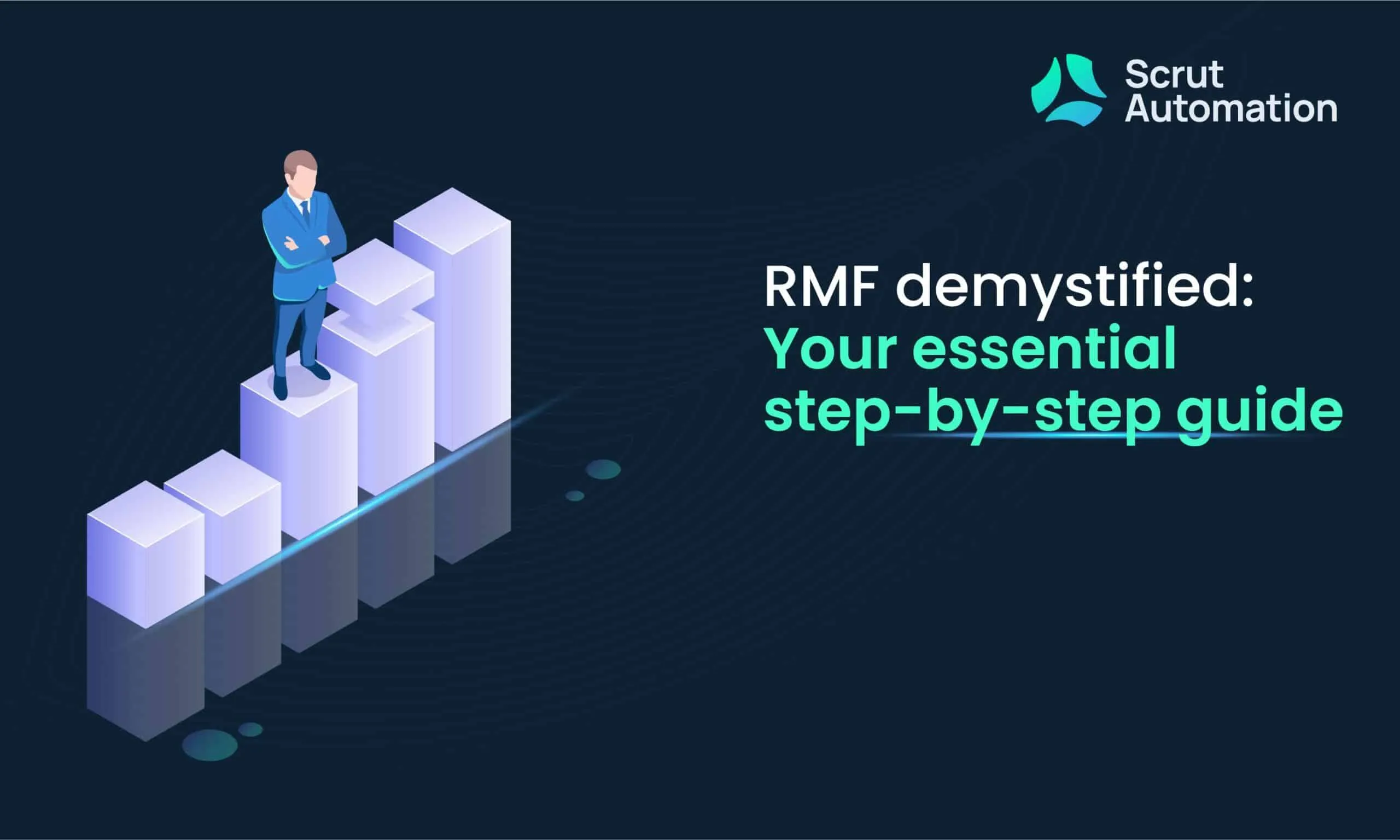PCI DSS Audit: Checklist and Step-by-Step Audit Guide for 20255
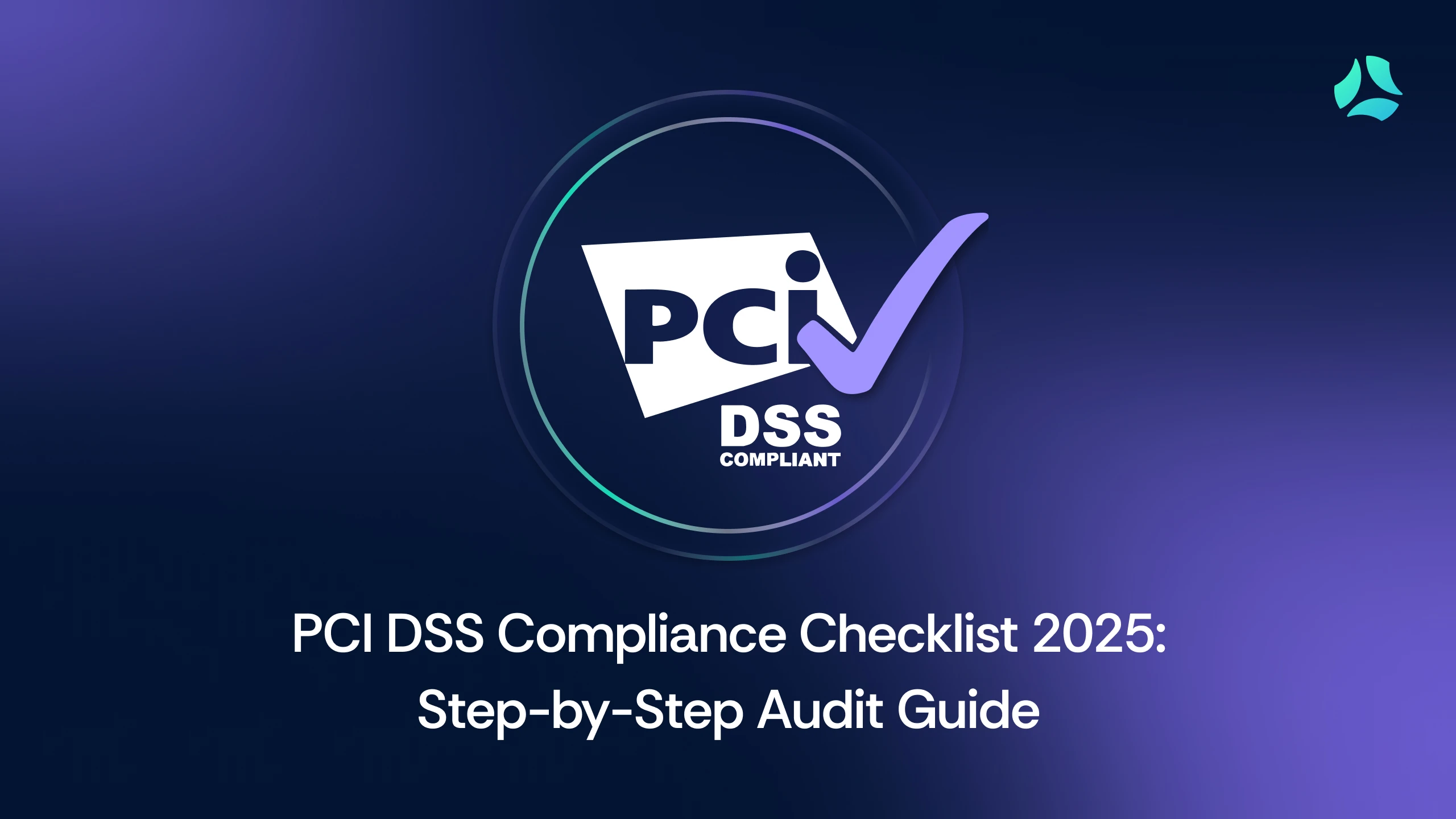
You understand that compliance is crucial for securing your payment systems, and with the PCI audit date looming, the pressure to get it right is mounting. Preparing for a PCI DSS (Payment Card Industry Data Security Standard) audit can feel overwhelming, but you're not alone. According to A-LIGN’s Compliance Benchmark Report, 69% of respondents reported that PCI DSS is one of the most common audits undergone.
Achieving PCI compliance helps secure your payment systems and protect cardholder data. And like any nerve-wracking process, breaking down the PCI audit into manageable actions.
This is precisely what we will talk about in this article. We'll break down the essential prerequisites of a PCI DSS audit, demystify the 12 key requirements, and offer actionable steps to help you get started. Whether you're leaning toward a DIY approach, considering hiring an agency, or exploring automation tools, we’ve got you covered with practical checklists and expert insights.
The 12 requirements you should know before starting a PCI DSS audit
Before undergoing a PCI DSS audit, it's crucial to understand the 12 core security requirements. These guidelines help protect cardholder data and ensure compliance with industry standards.
- Configure firewalls and segment networks: Set up firewalls and segment your network to protect cardholder data.
- Apply secure configurations and change vendor defaults: Strengthen systems by disabling default accounts and settings and applying secure configurations across all components.
- Secure stored cardholder data: Secure primary account numbers (PANs) and sensitive data using encryption (e.g., AES-256 or RSA) and masking techniques. Note that sensitive authentication data, such as CVVs (Card Verification Values), must never be stored after authorization. PCI DSS strictly prohibits full contents of CVV, even if encrypted.
- Encrypt cardholder data in transit: Use robust encryption and key management to safeguard data during transmission.
- Deploy and update antivirus software: Install antivirus tools to defend against malware across your systems.
- Maintain secure systems and applications: Regularly update and apply patches to prevent exploitation of vulnerabilities.
- Implement role-based access controls: Limit data access to cardholder data strictly on a need-to-know basis.
- Assign unique IDs and enforce authentication: Use unique identifiers and multi-factor authentication, where required, to verify and track user access.
- Restrict physical access: Control entry to areas where cardholder data is stored or processed.
- Monitor network activity: Monitor network events and maintain audit trails for accountability. Ensure logs are stored securely and retained as per PCI DSS requirements (at least one year, with three months immediately available).
- Conduct penetration testing and vulnerability scanning: Regularly test your defenses to identify and address security gaps.
- Develop and document security policies: Establish clear, written policies to guide your ongoing security and compliance efforts. PCI DSS 4.0 also emphasizes conducting periodic risk assessments to keep practices relevant. Additionally, all employees should be trained annually on security policies and best practices to ensure awareness and accountability.
Checklist for PCI DSS audit
To maintain PCI DSS compliance, organizations often use a comprehensive checklist as a structured guide.
This PCI DSS audit checklist outlines the essential security measures businesses must assess and implement to meet stringent compliance standards.
To be effective, the checklist should be tailored to each organization's unique operational needs and security requirements.
1. Define your cardholder data environment (CDE)
You need to clearly outline the boundaries of where your card data lives and flows through your organization.
Key actions:
- Identify every system, network, and process that stores, processes, or transmits cardholder data—including databases, applications, and third-party systems.
- Use network segmentation to isolate your Cardholder Data Environment (CDE) from non-payment systems, narrowing your PCI DSS audit scope.
- Map data flows from entry to storage and eventual secure disposal to capture every touchpoint.
- Include third parties by ensuring that service providers accessing cardholder data are within your defined scope.
- Review and update your scope regularly to reflect changes in infrastructure or processes.
2. Conduct a risk assessment
Perform a risk assessment to spot vulnerabilities and understand the threats to your card data.
Key actions:
- Identify and prioritize risks by evaluating vulnerabilities and their potential impact.
- You must also perform due diligence on each provider, maintain written agreements outlining their PCI responsibilities, and monitor their compliance status regularly.
- Assess how risks could affect the confidentiality, integrity, and availability of cardholder data.
- Document all findings, including vulnerabilities, threats, and risk levels, as a guide for mitigation.
- Develop and implement strategies to address identified risks by enhancing controls or revising processes.
- Regularly update your risk assessment to stay current with evolving threats.
3. Implement security policies
Set clear security policies that everyone in your organization follows to protect cardholder data.
Key actions:
- Develop and document comprehensive security policies that meet PCI DSS requirements.
- Ensure policies cover key areas such as access controls, encryption, network security, and incident response.
- Communicate these policies through training sessions, written materials, and security awareness programs.
- Review and update your policies regularly to adjust to changes in threats, infrastructure, or regulations.
- Enforce compliance by setting up monitoring and auditing processes.
4. Secure your network infrastructure
You must protect your network by setting up strong defenses and monitoring its health continuously.
Key actions:
- Deploy robust firewalls, intrusion detection/prevention systems, and secure configurations to block unauthorized access.
- Isolate your CDE from non-payment systems through network segmentation.
- Monitor network activity continuously to identify anomalies and respond quickly.
- Regularly update and patch your systems to address any vulnerabilities; critical patches must be applied within one month, as per PCI DSS guidelines.
- Enforce access controls on network resources and review permissions based on the least privilege principle.
5. Protect your cardholder data
You should secure cardholder data both where it is stored and when it is transmitted.
Key actions:
- Use strong encryption, tokenization, or truncation for stored cardholder data. Storing sensitive authentication data like CVV after authorization is strictly prohibited.
- Implement and maintain a robust encryption key management process.
- Apply data-masking techniques when full data access is not required.
- To prevent interception, encrypt data in transit using secure protocols like transport layer security (TLS) or Secure Shell (SSH) for secure remote administration.
- Regularly update your encryption, tokenization, and masking methods to meet evolving standards.
6. Manage access controls
Ensure that only the authorized people can access card data based on their job needs.
Key actions:
- Apply access controls based on job responsibilities and the principle of least privilege.
- Conduct regular access reviews and update permissions as job roles and responsibilities change.
- Use strong authentication measures such as multi-factor authentication to verify user identities before granting access.
- Set up comprehensive monitoring and logging of user access to track and investigate any unusual activity.
- Educate your team on proper access control practices.
7. Regular monitoring and testing
You must check your systems to ensure your security measures are working correctly.
Key actions:
- Establish systems to continuously monitor your security controls, network activities, and potential threats.
- Conduct regular vulnerability assessments to spot and address weaknesses promptly.
- Perform periodic penetration testing to simulate attacks and verify your defenses.
- Monitor and review access logs daily (particularly for systems in the cardholder environment) to detect and investigate unusual activities.
- Regularly test your incident response plan to ensure you're prepared for security incidents.
8. Plan for incident response and reporting
You must be ready to respond quickly and effectively if a security incident occurs.
Key actions:
- Develop a detailed incident response plan that outlines roles, communication channels, and escalation procedures.
- Train all relevant personnel on the incident response plan so everyone knows their role.
- Set up clear reporting channels for employees to report suspicious activities or incidents.
- Establish procedures to investigate incidents thoroughly by analyzing logs and alerts; incident response plans must be tested at least annually.
- Regularly update your incident response plan based on lessons learned from tests or real events.
9. Oversee vendor management
Keep a close eye on your vendors to ensure they meet your security standards for handling card data.
Key actions:
- Assess the security practices of third-party vendors who access cardholder data to ensure they comply with PCI DSS
- Ensure that service providers provide written acknowledgment of their PCI responsibilities.
- Include explicit security requirements in your vendor contracts.
- Monitor vendor compliance through regular assessments, audits, or reviews.
- Coordinate with vendors on incident response planning to ensure they can handle security incidents effectively.
- Periodically review and update vendor agreements as security standards or business needs change.
Maintain a list of third-party service providers and document their PCI DSS responsibilities.
10. Ensure robust compliance reporting
You must document your compliance efforts and be ready to demonstrate adherence to PCI DSS at any time. Based on your merchant level, you may need to complete a Self-Assessment Questionnaire (SAQ) or undergo a third-party audit for a Report on Compliance (ROC).
Key actions:
- Regularly prepare and submit reports that demonstrate your compliance with PCI DSS requirements.
- Maintain detailed records of compliance activities, assessments, and validation results to support audits.
- Address non-compliance issues quickly by updating security controls, policies, or processes.
- Conduct internal audits routinely to ensure ongoing compliance and identify areas for improvement.
- Keep documentation up to date and ready for external audits.
11. Train your employees
You must ensure your team understands PCI DSS requirements and how to protect cardholder data effectively.
Key actions:
- Provide comprehensive annual training on PCI DSS requirements and each employee's role in data protection.
- Hold regular training sessions to update your team on new threats, changes in standards, or policy updates.
- Implement phishing awareness programs to help employees recognize and counteract cyber threats.
- Teach clear procedures for reporting security incidents promptly.
- Regularly assess training effectiveness through tests, quizzes, or simulated exercises.
12. Secure your physical environment
You need to protect the physical locations where cardholder data is processed, stored, or transmitted.
Key actions:
- Implement measures to restrict physical access to sensitive areas using secure entry points, access cards, and surveillance systems. PCI DSS also requires companies to review physical access logs and ensure visitor controls are enforced.
- Safeguard servers, terminals, and other devices by storing them in secure locations with controlled access.
- Monitor physical access using security cameras and access logs, and review these records regularly.
- Educate your team on the importance of physical security, including proper badge use and how to report lost access cards.
- Conduct regular audits of your physical security measures to ensure they remain effective.
- Any sensitive data, such as cardholder data, no longer required for legal, contractual, or business purposes, must be destroyed. If any such data is awaiting destruction, it should be stored in a secure container with access restricted to authorized personnel only.
Achieving PCI DSS compliance is critical for protecting payment data and avoiding costly penalties.
Here’s a checklist to ensure your organization meets all necessary requirements.
Top 3 PCI DSS audit automation software
When approaching a PCI DSS audit, you can opt for a DIY approach or leverage automation software. With the DIY method, you manage the entire process in-house—from scoping and risk assessments to gathering evidence and performing vulnerability scans. This approach offers flexibility and lower upfront costs; however, it can be labor-intensive and prone to human error, often leading to inconsistent documentation and a prolonged audit timeline.
In contrast, using automation software streamlines these tasks by automatically collecting evidence, continuously monitoring controls, and offering centralized dashboards, thus reducing manual effort and the risk of non-compliance.
1. Scrut
Scrut is a comprehensive, integrated compliance automation platform that simplifies PCI DSS audits through advanced risk management and automated evidence collection.
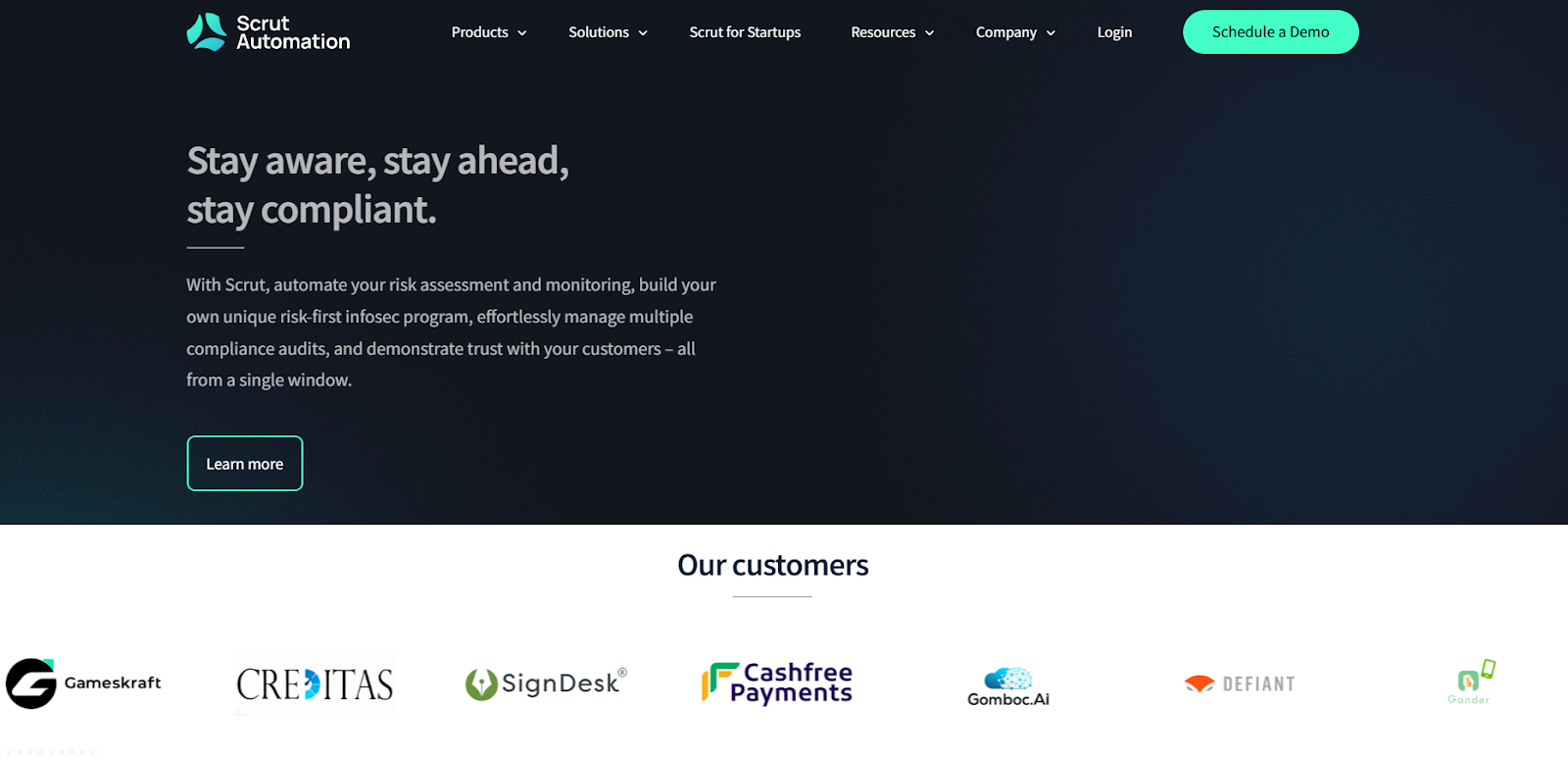
Key features
• Runs automated vulnerability scans every 24 hours, ensuring that issues are automatically flagged, prioritized by severity, and tracked until resolved.
• Collects evidence automatically across multiple systems via 100+ integrations.
• Customizable risk register with detailed filtering and workflow integrations.
• Offers 75+ ready-to-use policies and controls aligned with multiple standards and frameworks, such as ISO 27001, SOC 2, GDPR, and PCI DSS.
2. Drata
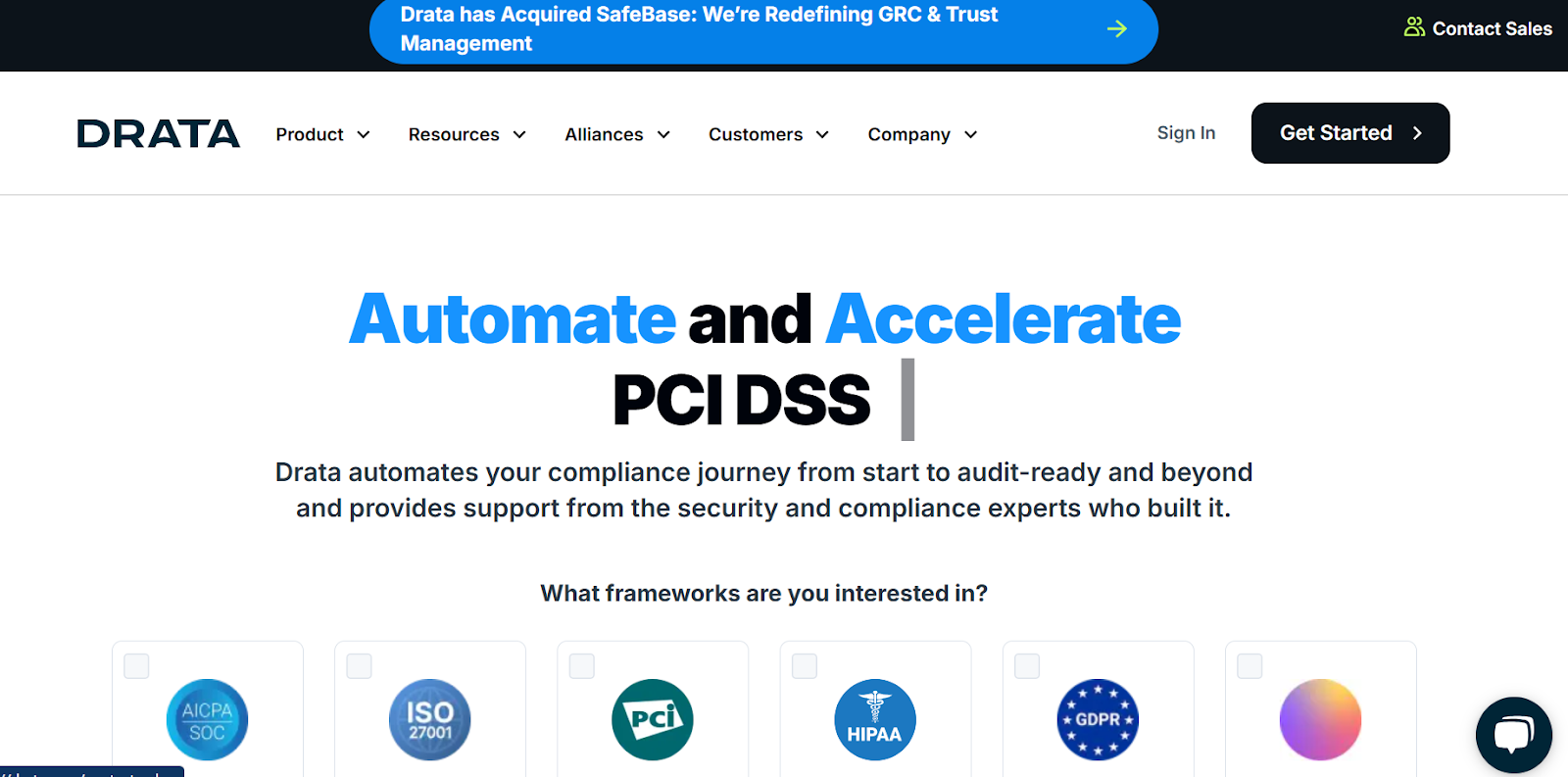
Drata focuses on automating continuous PCI DSS compliance monitoring and evidence collection, ensuring your organization stays audit-ready with minimal manual intervention.
Key features
• Continuous compliance monitoring with near real-time alerts, depending on the integration and control being tracked.
• Automated evidence collection that simplifies audit preparation.
• Comprehensive, real-time reporting dashboard to track compliance status.
3. Vanta
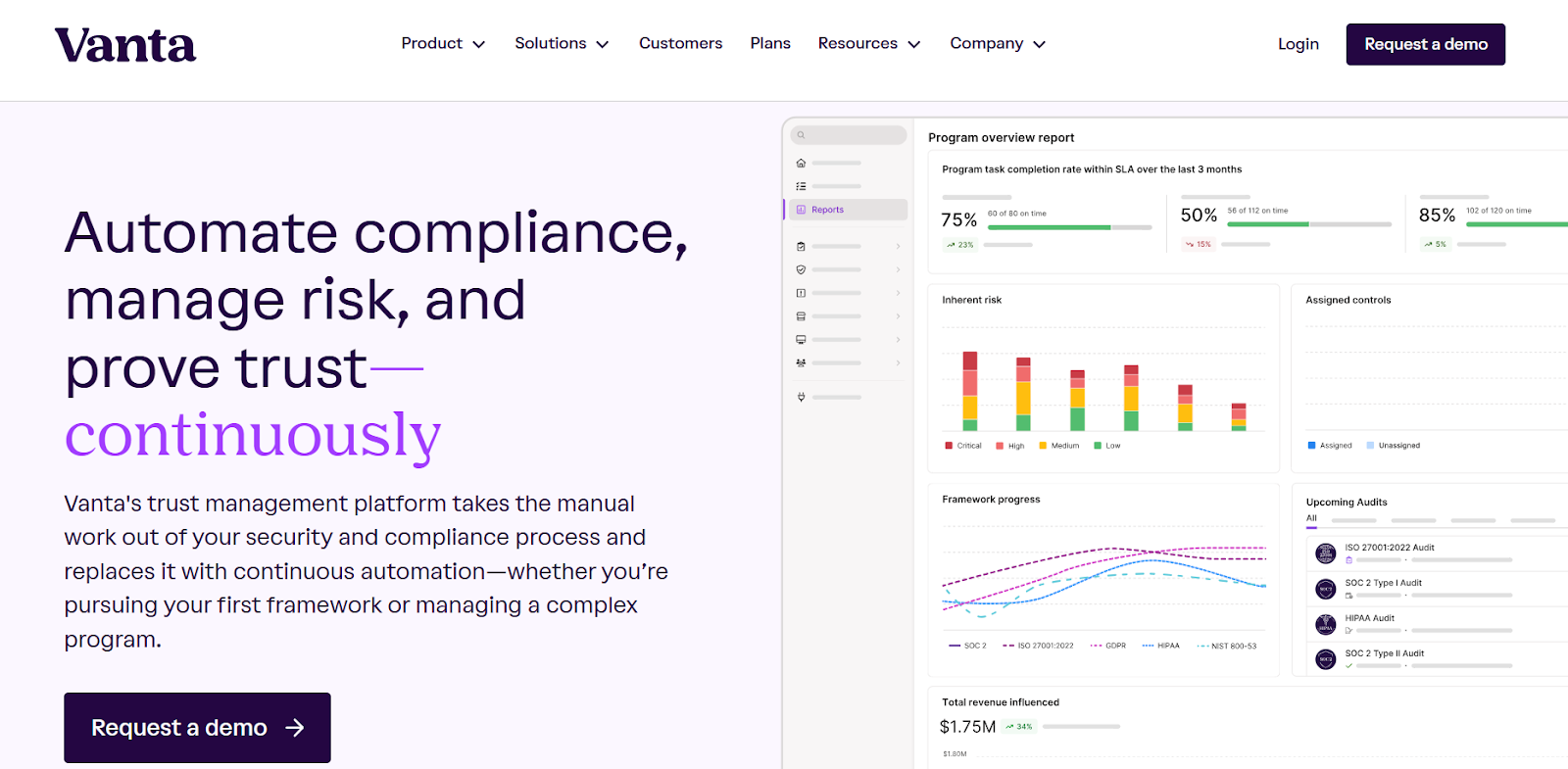
Vanta is a robust compliance automation platform that keeps your business secure and audit-ready. It automates critical compliance tasks and continuously monitors your security posture, making it easier to maintain regulatory standards.
Key features
• Continuous monitoring and automated compliance tracking to ensure ongoing security.
• Generate Trust Reports that facilitate seamless sharing of compliance status with customers and partners.
• Integration with various third-party tools to centralize and simplify the compliance process.
How Scrut can help simplify the PCI DSS compliance process?
Conduct regular risk assessments, keep your network well segmented, and monitor your systems constantly. Skipping any of these steps can leave you exposed.
Remember these best practices to keep your business safe, but know that doing it manually takes time and effort. That's where Scrut can help.
Scrut automatically collects evidence, simplifies your work, and ensures you're always ready for an audit. It takes care of the routine tasks so you can focus on running your business.
Ready to ease your compliance burden? Book a demo today and see how Scrut can simplify your PCI DSS audit process.





